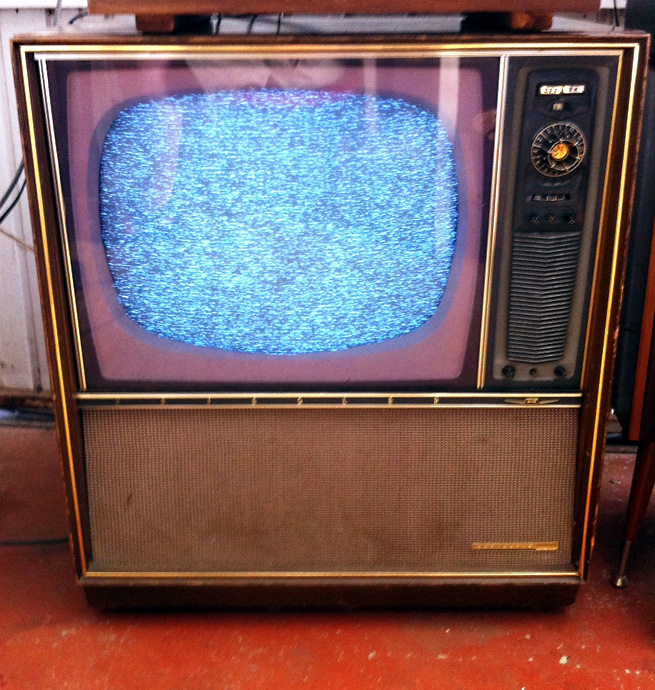Vintage Television
Forum home - Go back to Vintage Television
|
My Kriesler model 79-2 TV
|
|
|
« Back ·
1 ·
Next »
|
|
|
Return to top of page · Post #: 1 · Written at 5:41:04 PM on 24 February 2014.
|
|
|
|
Location: Mile End, SA
Member since 23 February 2014 Member #: 1512 Postcount: 24 |
|
This has been a very long project because it's only with the chassis and tuner removed from the chassis that I have been able to do the necessary re-cap. Also replaced both rectifier valves, and just before the switch-off of analogue, I was able to get a full screen picture, but with horizontal problems and no sound.   Please help - BTW my electrical knowledge is pretty rudimentary, but this hasn't prevented many previous restorations being successful! Cheers, Alan. |
|
|
Return to top of page · Post #: 2 · Written at 9:04:36 PM on 24 February 2014.
|
|
|
|
Location: Ballarat, VIC
Member since 4 January 2011 Member #: 803 Postcount: 456 |
|
Do you have snow on the screen with nothing connected to the TV? |
|
|
Return to top of page · Post #: 3 · Written at 10:14:16 PM on 24 February 2014.
|
|
|
|
Location: Mile End, SA
Member since 23 February 2014 Member #: 1512 Postcount: 24 |
|
You're correct, Mr Collector. I meant to say that the video RF outputs to the TV are channel 0 and 1- if it was 2 there'd be no problem. |
|
|
Return to top of page · Post #: 4 · Written at 9:11:04 PM on 25 February 2014.
|
|
|
|
Location: Ballarat, VIC
Member since 4 January 2011 Member #: 803 Postcount: 456 |
|
Ahh, there was a picture of the TV running! |
|
|
Return to top of page · Post #: 5 · Written at 9:21:01 PM on 25 February 2014.
|
|
|
|
Location: London, UK
Member since 23 December 2013 Member #: 1470 Postcount: 26 |
|
Another way of operating old televisions with no composite video input is to install one. This gives a clear picture and means you don’t need to worry about much of the circuitry in the vintage TV ( ie all the tuning and IF stages) . Unless you are a real purist, I think that is desirable. |
|
|
« Back ·
1 ·
Next »
|
|
|
You need to be a member to post comments on this forum.
|
|

Sign In

Vintage Radio and Television is proudly brought to you by an era where things were built with pride and made to last.
DISCLAIMER: Valve radios and televisions contain voltages that can deliver lethal shocks. You should not attempt to work on a valve radio or other electrical appliances unless you know exactly what you are doing and have gained some experience with electronics and working around high voltages. The owner, administrators and staff of Vintage Radio & Television will accept no liability for any damage, injury or loss of life that comes as a result of your use or mis-use of information on this website. Please read our Safety Warning before using this website.
WARNING: Under no circumstances should you ever apply power to a vintage radio, television or other electrical appliance you have acquired without first having it checked and serviced by an experienced person. Also, at no time should any appliance be connected to an electricity supply if the power cord is damaged. If in doubt, do not apply power.
Shintara - Keepin' It Real · VileSilencer - Maintain The Rage
